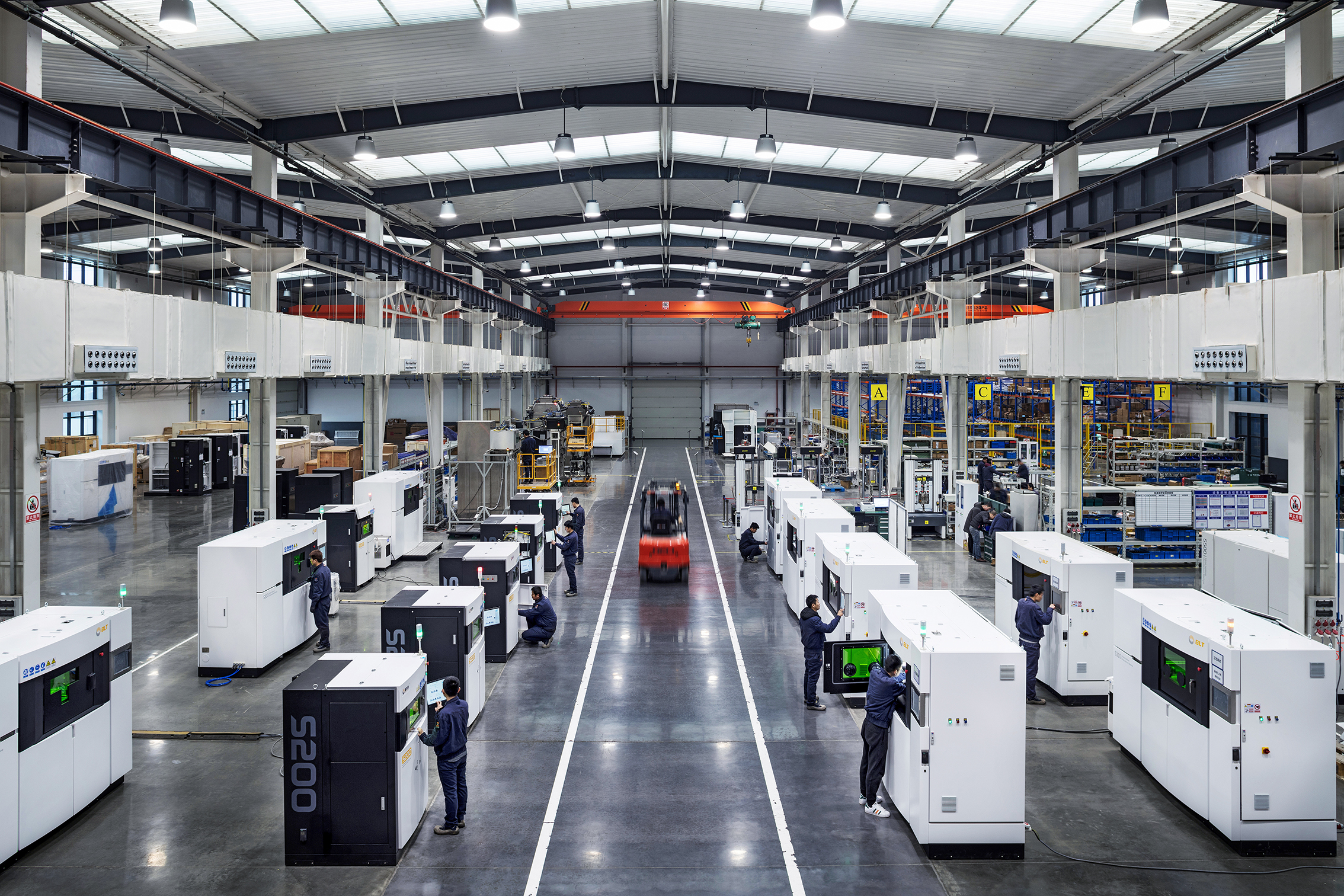
Although 3D printing seems to have been a brief trend for end consumers, the additive manufacturing (AM) market continues to experience significant growth, with a market size valued at $35 bn in 2021 and projected to reach $420 bn by 2030.
The AM industry is led largely by the U.S. market with $8 billion in funding, far head Europe at $1.4 billion or China at $700 million. In fact, AM technologies are slowly getting cheaper, faster and most importantly, bigger. In addition, AM technologies can deliver products with improved environmental footprint by reducing waste within production processes, enabling on-demand customized items, as well as more local production, with lower embedded CO2 footprint.
Historically, the aerospace and defense industries pioneered AM solutions in the 1990s to create complex, low-volume parts and custom tooling quickly and efficiently. The automotive industry followed, taking advantage of the opportunities to explore different layouts, aesthetics and functions to speed up the final product design. The use of 3D printing for prototyping, market testing and custom products then expanded and marked the beginning of the ponctual use for additive manufacturing in industries.
While industries such as food, education and robotics are increasing their use of 3D printing, sectors at the forefront of AM innovations because of the individualized production possibilities are construction and healthcare (California’s Manufacturing Network).
Additive manufacturing is enabling healthcare, and in particular the medical and dental sectors, to create implants, prosthetics, surgical guides, medical equipment, molds, wearables and tools. No two wounds or bodies are the same and the democratization of customization of prosthetics, wearables and implants on a global scale is an industry-shattering innovation. Major companies such as HP, Siemens and Dassault Systems have already adopted 3D printing technologies to produce medical devices (Medical Device Network).
In the construction sector, large-scale 3D printing is creating building components, structural beams, architectural facades and transforming the industry (AllPlan). Historically, 3D printing production in construction was isolated and separated from a conventional manufacturing process. With larger-scale additive manufacturing technologies, 3D printing can take place directly on construction sites and create an integrated production environment. For example, Vinci Construction acquired French startup XtreeE, founded in 2016, which offers automated construction of various types of architecture and thus creates entire building structures.
Nevertheless, AM is still relatively new and need further performance improvement and cost reduction in order to reach large scale deployment across most industries. Regulatory and safety concerns also currently limit the spread of 3D printing applications.
Looking at the trends in the AM market, a few patterns emerge:
- An acquisition model is emerging: thriving additive manufacturing companies aim to acquire materials and/or software companies to combine expertise.
- 3D printing continues to industrialize, alongside the growing need for post-processing automation and software solutions to enable the large-scale printing desired by many industries for end-to-end AM workflow.
- Continued focus on industrial sustainability. The Additive Manufacturing Green Trade Association (AMGTA) is growing rapidly and now has over 50 members.
- The tremendous importance that data management will play in securing intellectual property within industrial processes.
2 Key Figures
Market size of $14 billion in 2021
The market was valued at $14 bn in 2021 and is projected to reach $78 bn by 2030, at a CAGR of 21%.
863 funded companies
Tracxn
3 startups to draw inspiration from

CyBe
Dutch-based startup founded in 2013 that develops 3D concrete printers and mortar for enabling 3D printing in construction.

Prellis Biologics
US-based startup founded in 2016 that is using 3D bioprinting technology to build human tissues for drug development and develop human organs for transplantation.

Sakuu
US-based startup founded in 2016 which provides AI-enabled desktop 3D battery printers for automotive applications.
Interested in a startup landscape or in an insights report?
Please fill out our contact form so that we can get back to you very quickly with our product offer.
Want to subscribe to our 123Fab?
Fill out our form to receive the latest insights into your inbox.
123Fab #96
1 topic, 2 key figures, 3 startups to draw inspiration from
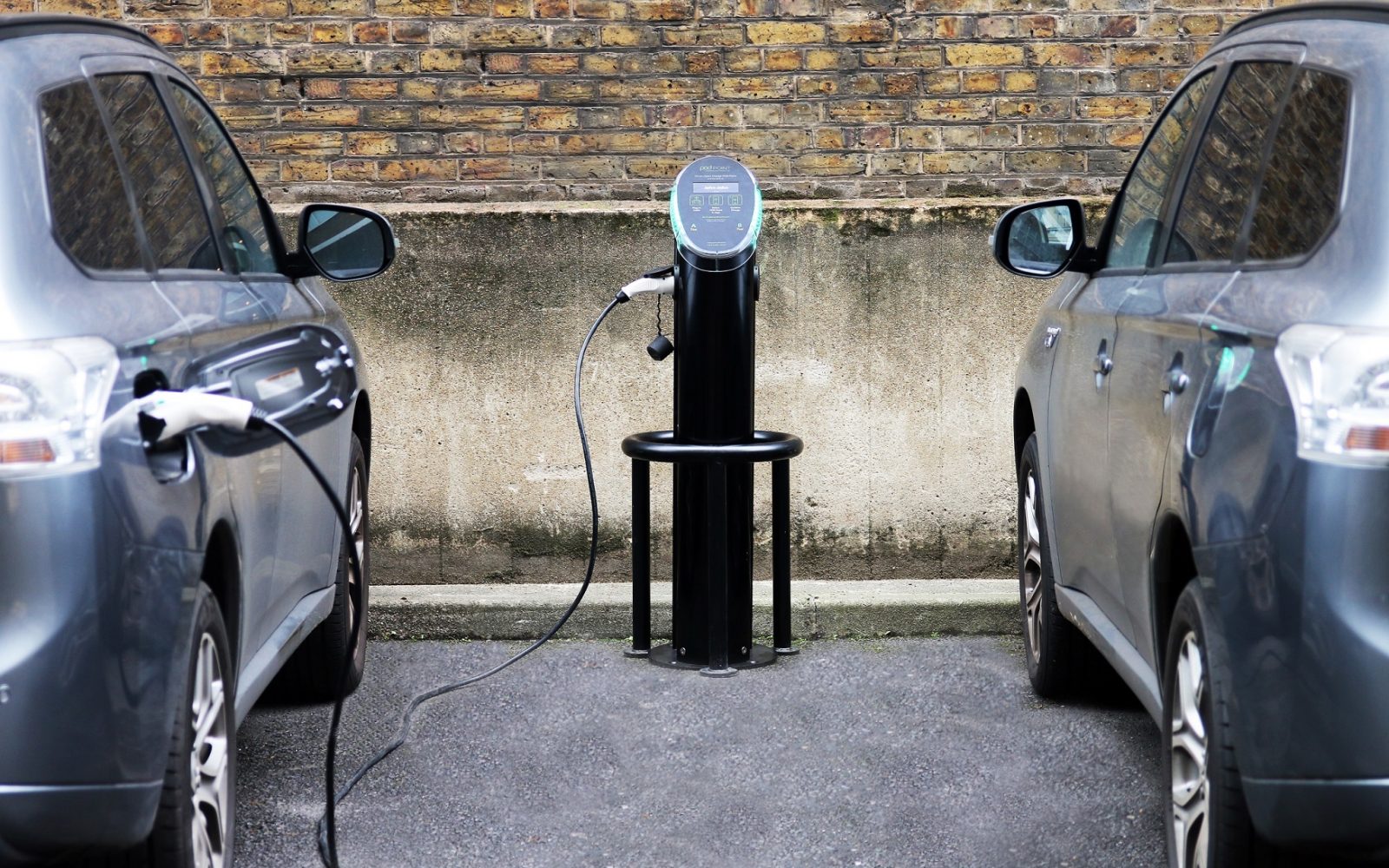
As the market for electric vehicles accelerates rapidly, so does the investment in charging infrastructure needed to support this growing market. While the vast majority of EV charging now takes place at home and at work, widespread, open-access public charging infrastructure will be essential to support EV drivers beyond early adopters.
In the past, proprietary electric vehicle charging technologies competed for market share. But this has changed in recent years, with pressure from regulators and automakers to provide EV drivers with a smoother, more reliable and interoperable charging experience.
Charging station interoperability
The technology behind charging station interoperability is universal roaming. It is analogous to the use of Automated Teller Machines (ATMs), which allow a consumer to access funds from any bank. Similarly, universal roaming allows an EV driver who is a member of a single network to access and pay at any public EV charger.
This therefore requires billing interoperability for which two business models exist:
- Peer-to-peer: bilateral roaming agreements are signed between two charging network providers to allow customers of one network to use and pay for charging at their competitors’ stations. The standard underlying peer-to-peer roaming is the Open Charge Point Interface (OCPI).
- Hub: a single neutral party acts as an intermediate data clearinghouse and contracts with each individual network service provider. This obviates the need for multiple individual contracts between all providers. The standard underlying hub roaming is ISO 15118.
The second business model, which bypasses the bureaucracy required by bilateral agreements, is the one that is gaining the most ground. Hub players include Hubject (German startup), Gireve (French), e-clearing.net (German startup), Mobi.E (Portugal startup) and others. Hubject is the leading player with over 1,000 B2B partners in over 52 countries and 4 continents, while the other 3 players are based in Europe.
Hub players are taking interoperability a step further with Plug & Charge. It enables automated authentication and billing processes between the EV and the charging station without the need for RFID cards, credit/debit cards, or charging apps, while ensuring secure transactions.
Vehicle-to-grid interoperability
Interoperability goes beyond billing. Indeed, bidirectional, vehicle-to-grid, or V2G, charging technology will be crucial to EV adoption and avoiding worst-case energy scenarios as EV charging demand surges. General Motors, for example, launched GM Energy in October. It includes GM’s Ultium Home and Ultium Commercial lines. Both will offer products and services that enable bidirectional charging to increase the grid’s reliability. Ford, meanwhile, has marketed the ability of its F-150 Lightning electric pickup to power a home in the event of a blackout. V2G technology has the potential to open up new revenue streams for automakers as they become more intertwined with the power grid.
Physical charging interface interoperability
After seeing a myriad of charging plugs spur, fragmentation has been mitigated. In Europe, Combined Charging System (CCS) is the standard: AC and DC charging sit in one plug. In Japan, the standard is CHAdeMO which will be adopted this year by China. While in the US, it’s Tesla’s Supercharger. But charging goes beyond wiring. Austrian startup Easelink raised €8.3M in January last year and is pioneering new technology. Its conductive charging system, named ‘Matrix Charging’, has the ambition to set up an automated charging network for electric vehicles without the driver ever stepping out or handling the charging cable. It consists of two main components: a vehicle unit attached to the vehicle’s underbody – Matrix Charging Connector – and an infrastructure unit at the parking space – Matrix Charging Pad.
In short, harmonization of technology standards and interoperability between the electric vehicle (EV) and the grid are making inroads. Similarly, widespread public charging access is being bolstered by uberization platforms such as French startup Werenode which enables private owners to provide access to their charging points. Thus, all stakeholders in public EV infrastructure— including EVSPs, electric companies, EV supply equipment OEMs, and automakers—must continue to join forces to streamline system integration and improve customer experience.
2 Key Figures
EV charging projected to reach $420 bn by 2030
The market was valued at $35 bn in 2021 and is projected to reach $420 bn by 2030, at a CAGR of 32%.
537 funded companies
Tracxn
3 startups to draw inspiration from
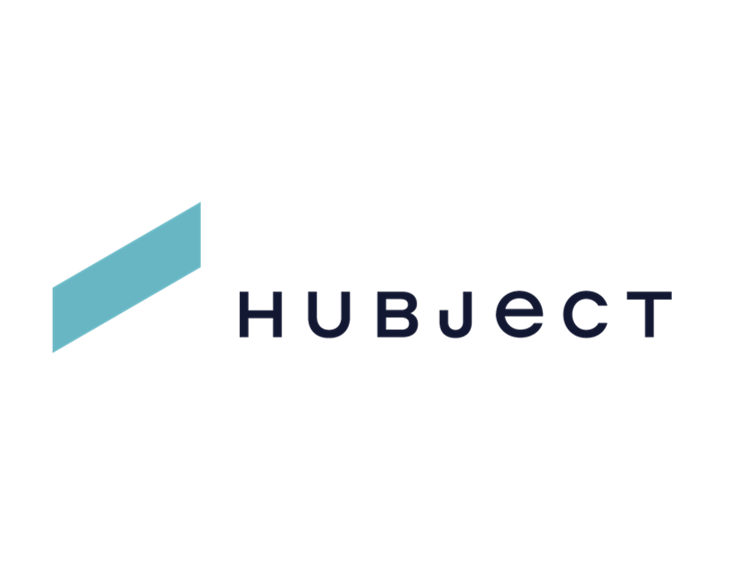
Hubject
Germany-based startup founded in 2012 that is the leading e-Roaming platform in Europe giving EV drivers a seamless charging experience across borders. Hubject is backed by Enel X.

Easelink
Austria-based startup founded in 2004 that has developed a wireless EV charging system, using its Matrix Charging system. Easelink is backed by EnBW and Wien Energie.
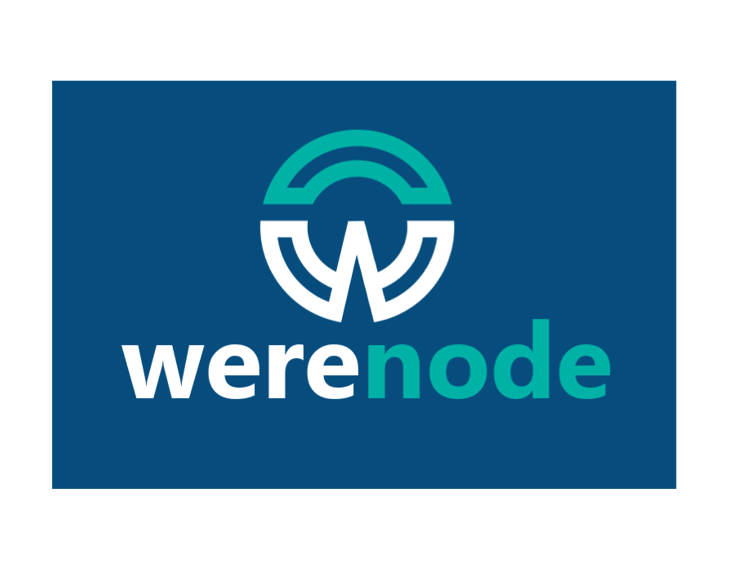
Werenode
France-based startup founded in 2018 that has developed a decentralized marketplace, leveraging blockchain, so that anyone can share their EV charging station. Fiat, XTZ or WRC tokens can be used to pay charging sessions.
Interested in a startup landscape or in an insights report?
Please fill out our contact form so that we can get back to you very quickly with our product offer.
Want to subscribe to our 123Fab?
Fill out our form to receive the latest insights into your inbox.
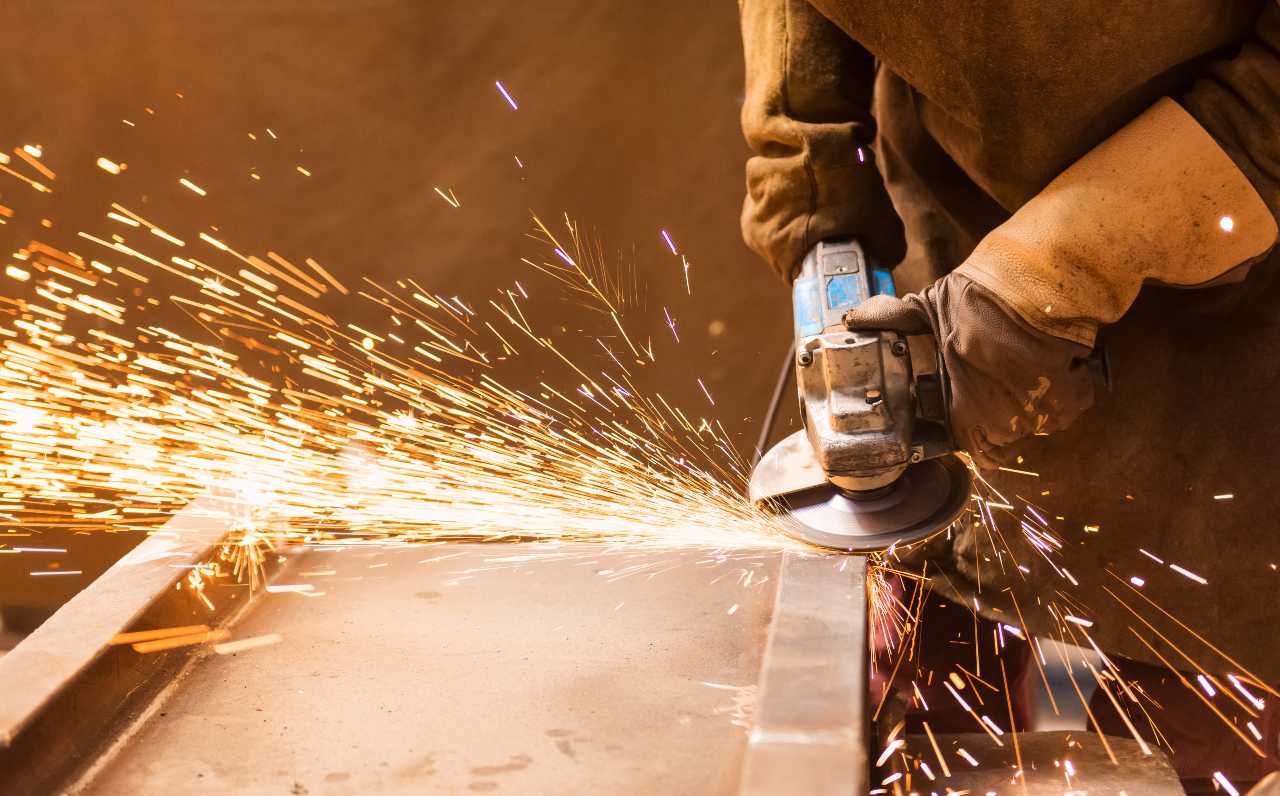
Context
We transformed a leading mineral supplier’s approach to innovation by helping them transition from a siloed R&D model to a comprehensive open innovation strategy. The company had been engaging with startups through isolated business units, which limited their potential for collaboration and growth. Our team was tasked with structuring a future Open Innovation department, identifying the appropriate vehicles for engagement, and determining how to organize them effectively. Through tailored workshops and our proprietary methodology, we guided the strategy team in clarifying their innovation objectives and developing a robust portfolio of initiatives.
Mission
- Carried out an audit on their knowledge of the different vehicles available at hand
- Definition of the objectives of the future open innovation department in line with the group’s strategy
- Evaluation of the different vehicles to meet these objectives
- Selection of 5 complementary vehicles to form a portfolio
- Definition of a ramp-up roadmap (walk, run, fly) for the deployment of these vehicles and associated human resources
- Support in the design of the future governance
Key figures
5
open innovation vehicles
were recommended to make up the client’s portfolio.
30
benchmarks
were conducted to grasp a better understanding of competitors’ open innovation vehicles.
3
workshops
were organized to co-construct the client’s open innovation strategy, roadmap and next steps.
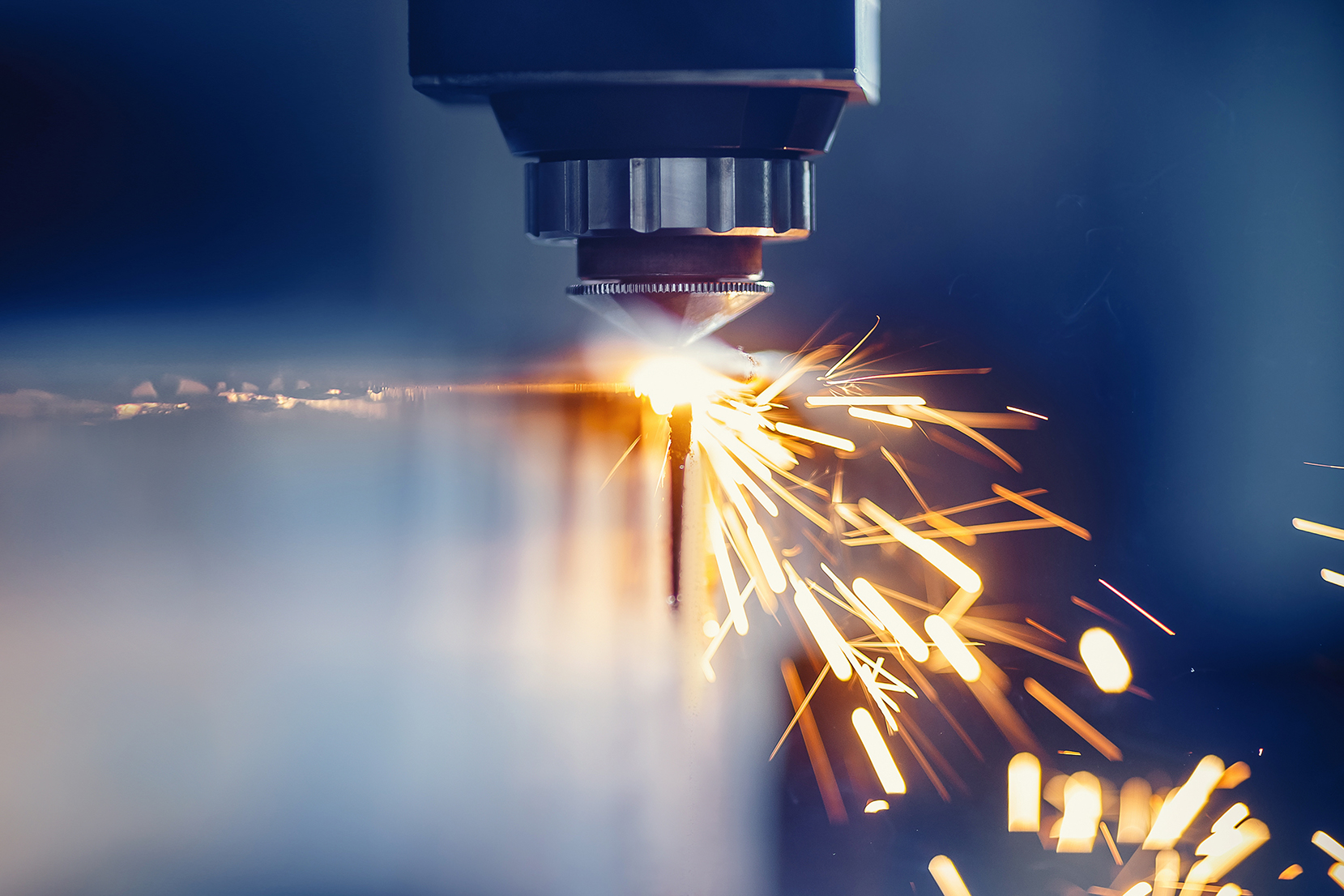
Context
With over 1 million startups operating in the world, it takes time and expertise to build a robust deal flow. Yet, its quality is the cornerstone of success of Open Innovation, CVC, M&A and Strategy teams.
Aster Fab’s mission was to build for our client a robust startup deal flow from scratch, and then, throughout the last four years, to be in charge of qualified deal sourcing.
Mission
- Mapping of the topics and technologies of strategic interest to the group
- Selection of 10 topics to carry out deep dives on throughout the year
- Technology studies to deepen the group’s knowledge of a given technology and analysis of weak signals: technology analysis, patent analysis, fundraising analysis, competitor benchmark, mapping of the startups populating the space, etc.
- On-going outbound sourcing on strategic topics
- Qualification calls with the most promising startups
- Bi-monthly presentations to the client of qualified startup opportunities
Key figures
10
deep dive studies
conducted throughout the year
2,500
startup
entries in the deal flow
150
qualified startups
presented to the client
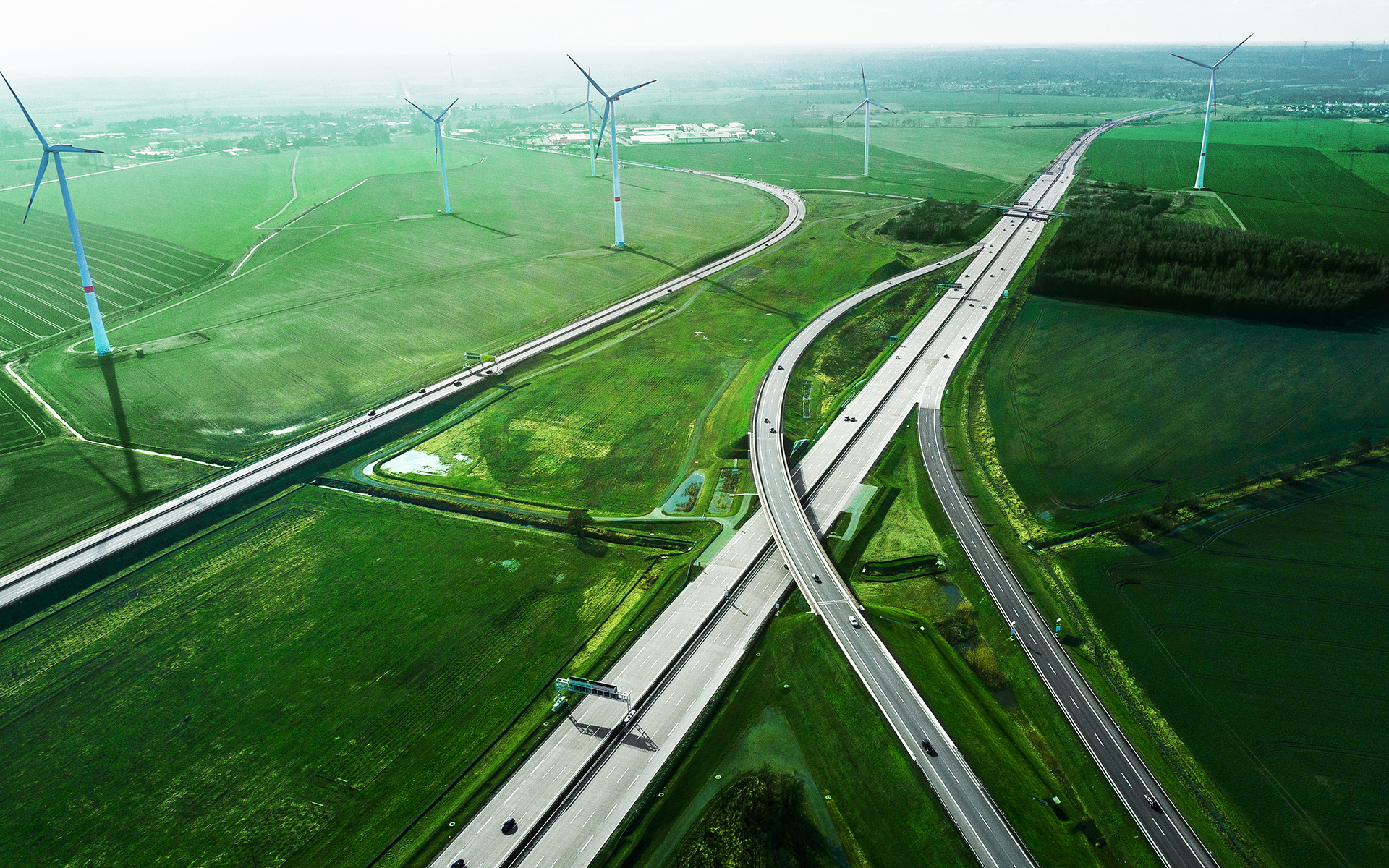
Context
Industries are facing increasing pressure to reduce their carbon footprint swiftly.
Conducting a carbon footprint assessment is a starting point, as it allows to amount the company’s greenhouse gas emissions (GHG), compare them to established benchmarks and devise a robust decarbonization trajectory.
Aster Fab was missioned to conduct the company’s carbon assessment (scope 1, scope 2 & scope 3) and support in the establishment of their decarbonization trajectory.
Mission
- Definition of the organizational perimeter and operational scope
- Data collection carried out in coordination with the client-side data collector (scope 1, scope 2, scope 3)
- Formulation of assumptions for missing emission factors
- Emission calculation and input of data into a structured table
- Creation of graphs to highlight the most important sources of emissions
- Recommendations on the action levers to reduce the carbon footprint and establishment of the client’s decarbonization trajectory
Key figures
9,547
tCO2eq
calculated in the carbon footprint assessment
97.3%
emissions
fell under scope 3

Context
Our client has long been a leading manufacturer of machinery for the construction, agricultural and logistics sectors.
More specifically, in recent years, the group has been developing electric machinery. Within the framework of this strategic orientation, our client has a double challenge: to invest in innovative technologies and to develop its electric vehicle business in order to present a competitive offer that meets the market’s needs.
Aster Fab’s mission was to support our client in the closing of a deal with a modular battery startup. In addition, Aster Fab has been commissioned to work on other M&A deals carried out by the group.
Mission
- Valuation of the startup using five different methods (comparable company analysis, precedent transactions, DCF analysis, R&D headcount, replacement cost value)
- Structuring the acquisition proposal by drafting the letter of intent setting out the terms, governance, management package, performance criteria, etc
- Assistance, coordination and negotiation with all stakeholders throughout the process until the completion of the transaction
- Support in the preparation of separate documents for the governance bodies: Audit Comittee, Strategic Committee and Board of Directors
- Coordination of the due diligence and the closing of the deal
Key figures
3
month
process
50%
of the valuation
deal negotiated at half the price initially expected by the founders
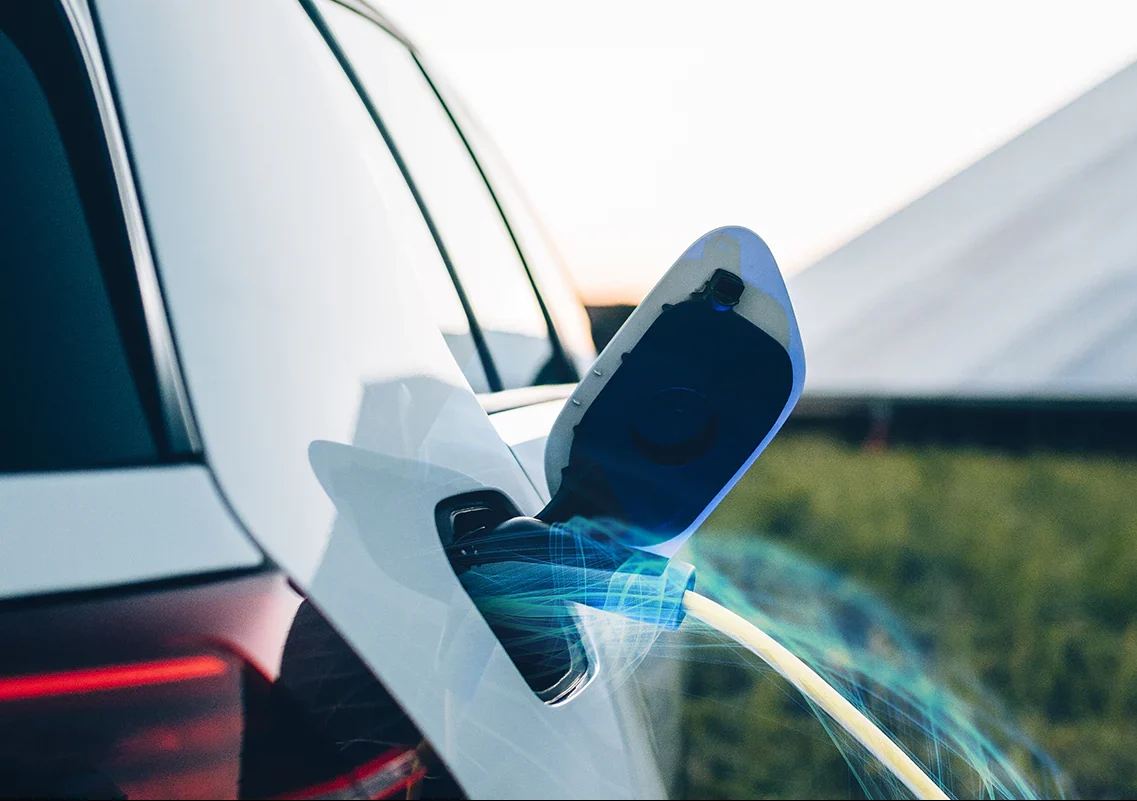
Context
In a context of growing importance of EVs, our client’s core business (lubricant supplier) in thermal systems was set to be disrupted.
Driven by the belief that startups are a goldmine for its profound transformation, the client’s Innovation department wanted to explore the opportunity of creating a CVC.
Aster Fab’s mission was to support the client in its thinking and design the presentation to the board.
Mission
The final deliverable was structured in 4 steps:
- Benchmark and best practices to give the client food for thought on the variety of CVCs that exist and their key performance indicators.
- Investment strategy and thesis to support the client in defining these two key elements. On the one hand, we helped the client define the investment criteria (startup maturity, geography, portfolio model, ticket size, etc). On the other hand, we fine-tuned the topics of interest to reach a higher level of granularity.
- Structure and governance to support the client in the architecture of the CVC fund. Topics included fund size, level of independence, legal status, governance operating model, processes, document templates, etc.
- Calendar for structuring the workflows for the launch of the CVC.
Key figures
16
CVCs
benchmarked.
6
month
calendar to structure the next steps.
> 2,500
startups
sourced in their strategic areas of focus to initiate their deal flow.
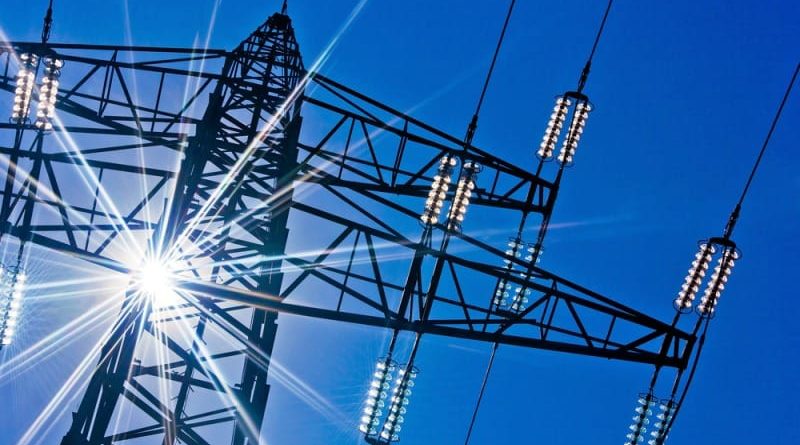
Context
In a context of growing pressure on the grid, the Innovation department of a major European Transmission System Operator (TSO) wanted to set its innovation priorities for the coming year.
Convinced that the work done internally lacked methodology, Aster Fab’s was asked to map all the technologies of strategic focus.
Mission
We carried out a study into four steps:
- A megatrend analysis to paint a complete picture of all megatrends impacting TSOs in the short and long term. By combining this analysis with the group’s strategy, we were able to identify all the associated challenges for our client.
- Technology analysis to scout and navigate through the technologies to address these challenges. Through this analysis, we were able to prioritize and categorize the technologies and sub-technologies.
- Technology map to present in a visual way to the board the technologies of focus. 5 clusters, 27 technologies and 140 sub-technologies were mapped.
- Prospective analysis on 10 selected sub-technologies to give our client a first flavour of potential applications, the startups operating in the space and other weak signals of interest.
Key figures
5
clusters
in the mapping.
27
technologies
in the mapping.
140
sub-technologies
in the mapping.
